




- BRNN
- BRI News
- BRNN News
- Database
Official Documents Polices and Regulations
Inter-government Documents International Cooperation BRI Countries
Business Guide Economic Data BRI Data
Trade
Investment Projects Latest projects
Cases - Content Pool
A roller coaster tour is the delight and dream of a typical reporter. The opportunity for such a breathtaking outing was swiftly grabbed.
It’s always rewarding having ample opportunity to see the world and craft a report that will lead a reader through as participant from the words and shots.
Having been familiar with the influential and interesting country, China, I got further reach to visit five more cities, an addition to the old list, bringing yours sincerely to about 49 cities and towns in 20 provinces.
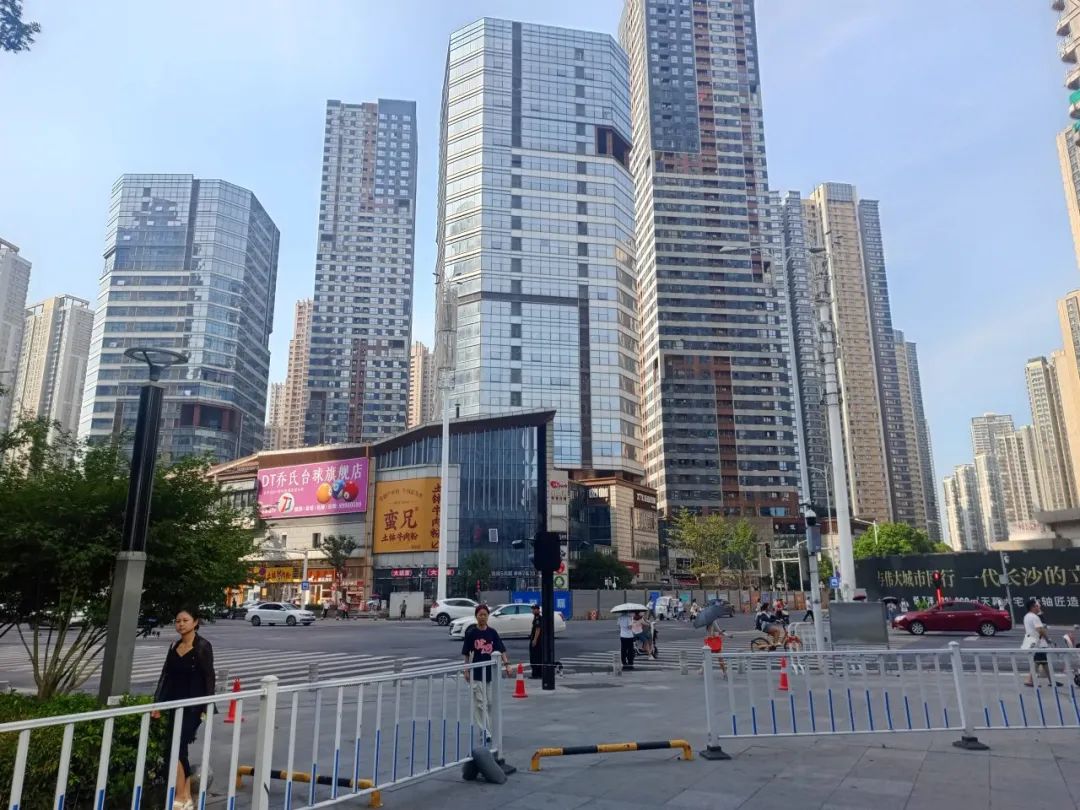
Changsha downtown street
However, it is not just about the numbers, but the impacts, lessons and interactions that come from them – meeting very welcoming people who easily warm up to strangers. Life gets easier with more friends across the world. When the network of friends expands, peace also expands among humanity through the understanding of each other. It is a lovely feeling to remember that when you visit some 49 cities, you have at least 49 friends to reach out to within one country. Through tech, it has also been easy to keep in touch and make life friendlier.
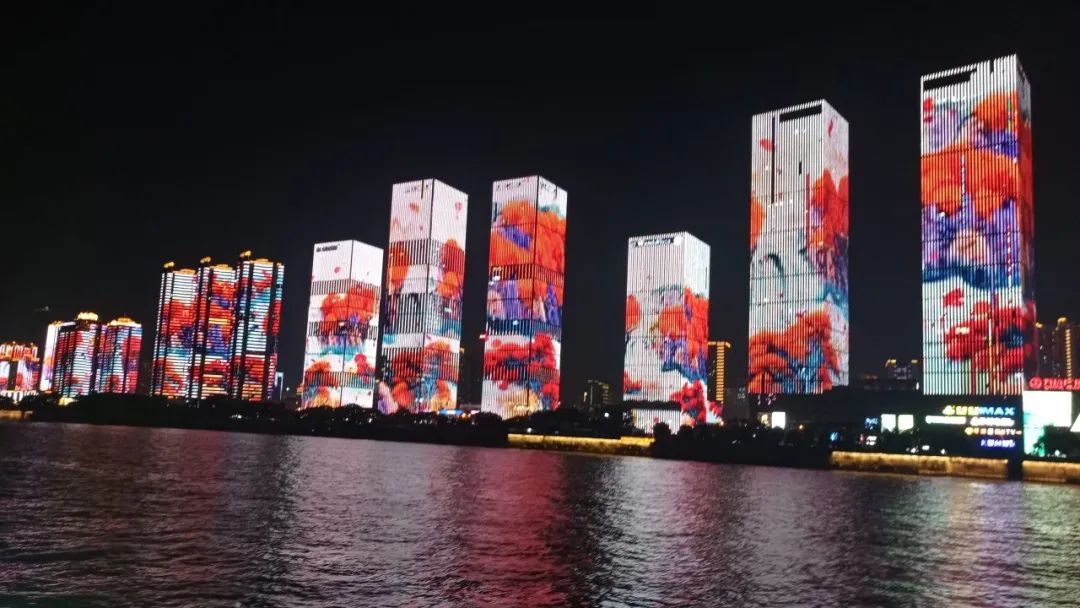
Changsha skyline by the river lights up at night. It’s an array of pillars of beauty
In Hunan
The roll took off from Guangzhou on landing and proceeded to Changsha, the large capital city of Hunan Province. Hunan with 67.3 million population is one of the centres of importance in China.
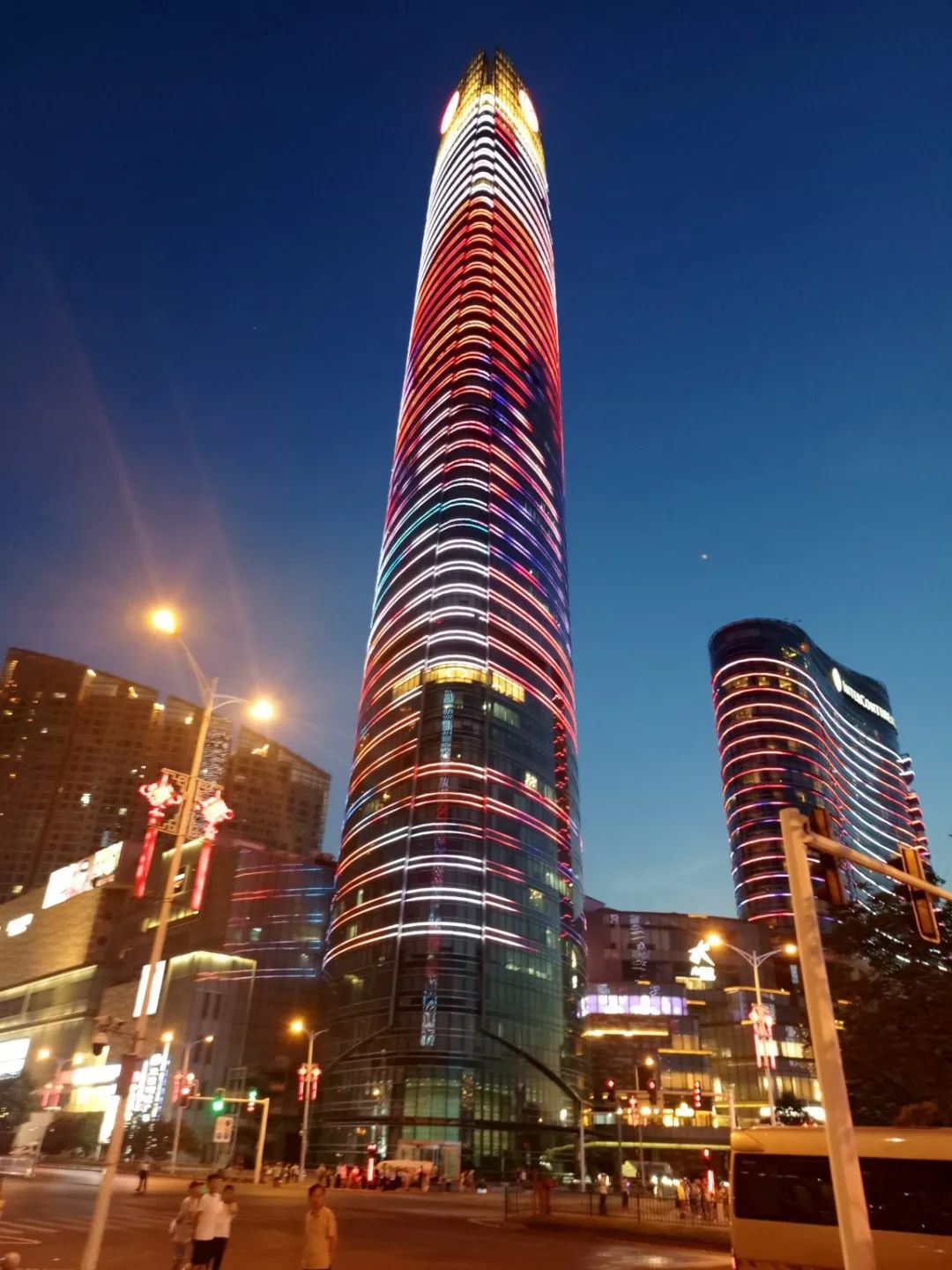
The beauty and affluence of China glow in Changsha’s nightlife
In China, you see people living in true affluence and happy with their world. Their lifestyle makes them so open to strangers that even at the busiest tourist spots and public places, they keep you so busy as a foreigner on a visit.
Arriving in the country at the Baiyun Airport of the city of Guangzhou the Chinese refer to as mini Africa, you will be lost in awe about this large city of skyscrapers like most Chinese. Changsha City is a wonder and awes you with the signs of wealth all over the city that sits on the banks of the Xiang River.
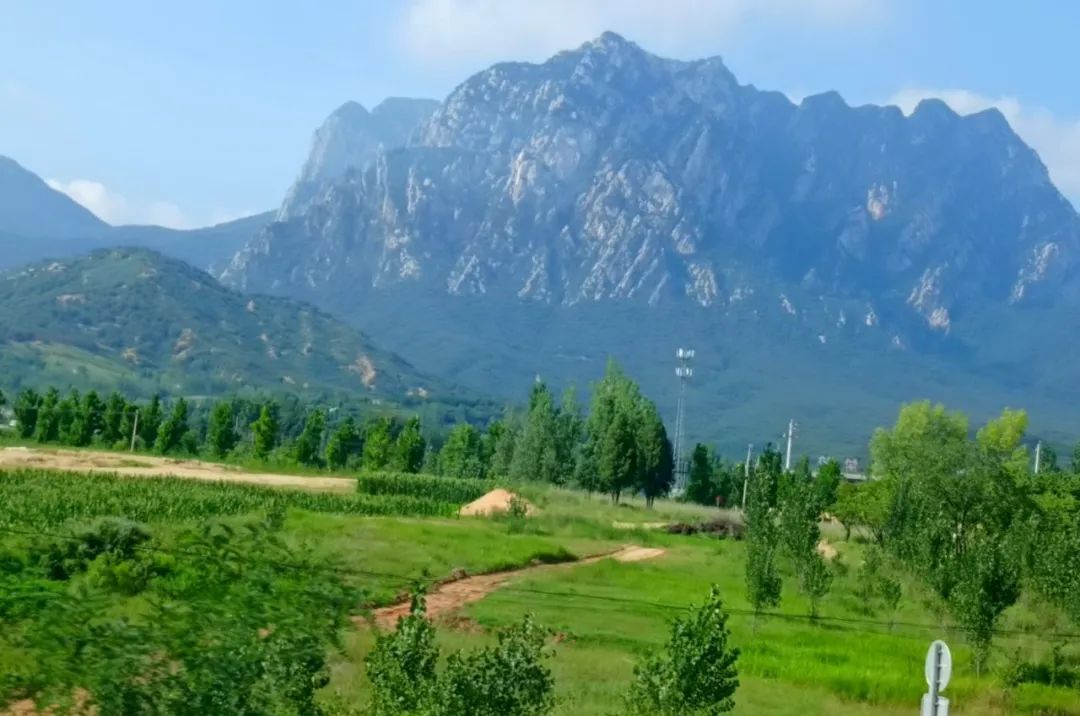
Giant mottled inselberg of the Henan countryside, the Land of White Mountains
In Henan
Hurtling at pulsating velocity, it takes four hours by bullet train, approximately 12,000km from Changsha to Zhengzhou, the capital city of Henan Province. This city has a large stretch of skyscrapers that I imagine may beat Bejing. It looks new and resplendent with the wide roads, bridges awesome infrastructure. Some three-hour bus ride through the city’s west end takes you to Luoyang.

Luoyang Imperial Palace of the Tang Dynasty built by the only empress of China
This particular city is beautiful and historical. On the long road to Luoyang, you will be enraptured in the beauty of the landscape, an undulating flatland interrupted often by inselberg peaks rising several hundred feet above the ground. The mountains stand huge and majestic, shiny in the bright summer sun of this region. I called the Henan region we travelled through the Land of White Mountains. The lush green canopy of vegetation has patches of white spots that shimmer in the sun. The patches make the mountains look more like a mottled giant of green and white. They are such beautiful scenes.
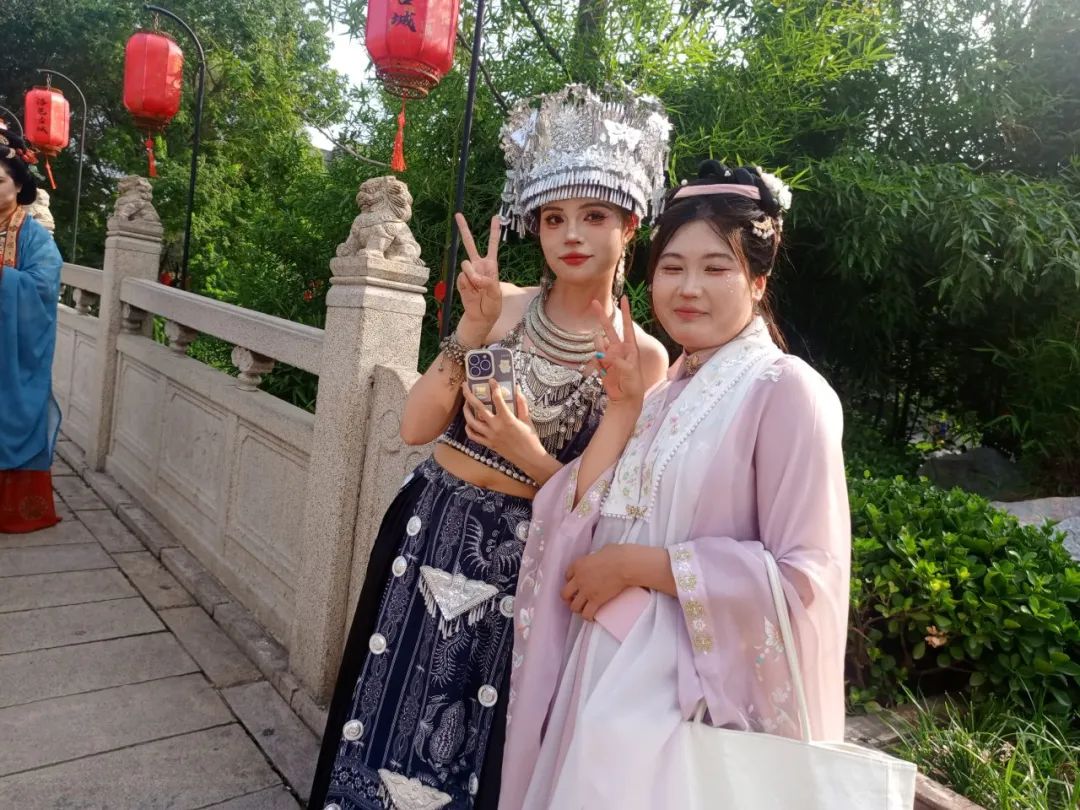
Henan ladies beautifully dressed in traditional attire relax at Luoyang ancient royal courts.
Notwithstanding my modest knowledge of China, I never heard of Luoyang or its historical importance as a former capital city in the Tang Dynasty. The one and only Chinese female ruler, Wu Zhao or Wu Zetian held sway here over China for 15 years as Holy and Divine Emperor.
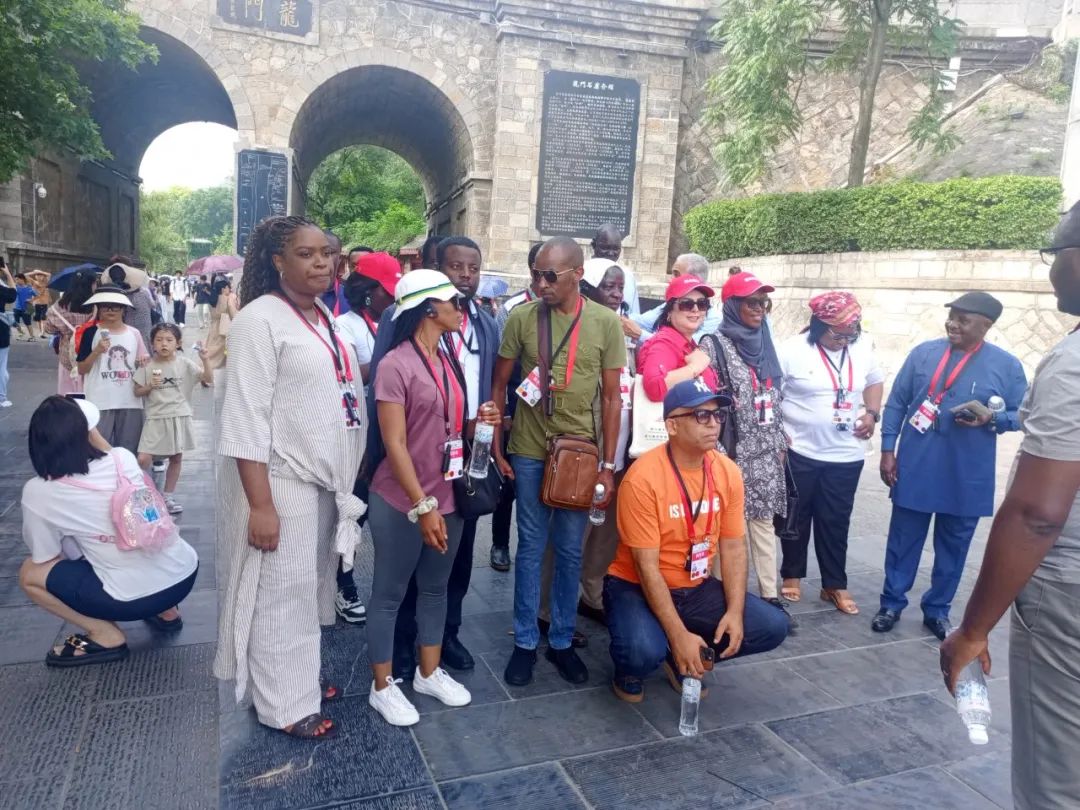
Team of African experts at the Longmen Grotto
The many imprints of her reign and those after her still dot Luoyang as a very important city of culture and identity. The measure of its historical importance is the presence of four UNESCO World Heritage sites.
The sites include the Longmen Grottoes perched by the mountain overlooking the river, Yingtian Gate, the main gate to the imperial seat of power of the Sui and Tang dynasties and the kaleidoscopic Luoyi Ancient City which are enough to make Luoyang count among world-reputed historic cities.

Emewu enjoys the company of kids at the Longmen Grotto.
These places, including the city museum, don’t run short of visitors and tourism allure. The imperial seat of power buzzes with visitors bedecked in traditional regalia. There are tens of such in every direction you turn to grace the venue and give a reviving ambience of the importance of the place in the past and present.
Luoyi Ancient Gate is a maze of colours and a beautiful aura at nightfall when the lighting comes alive. The ancient architecture still stands majestic and regal. The light display of about 15 minutes that brings the centre to a close at night looks like a well-orchestrated Olympic Games ceremony, ending with a screaming line of “We are in Luoyang” scribbled in bold Chinese characters.
Luoyang reputed as the epicentre of Chinese civilization is today a place of pride in industrialisation with a population of 6.88 million people and a good GDP of $57.5 billion. It sits at the confluence between two major rivers – Luo River and the Yellow River.
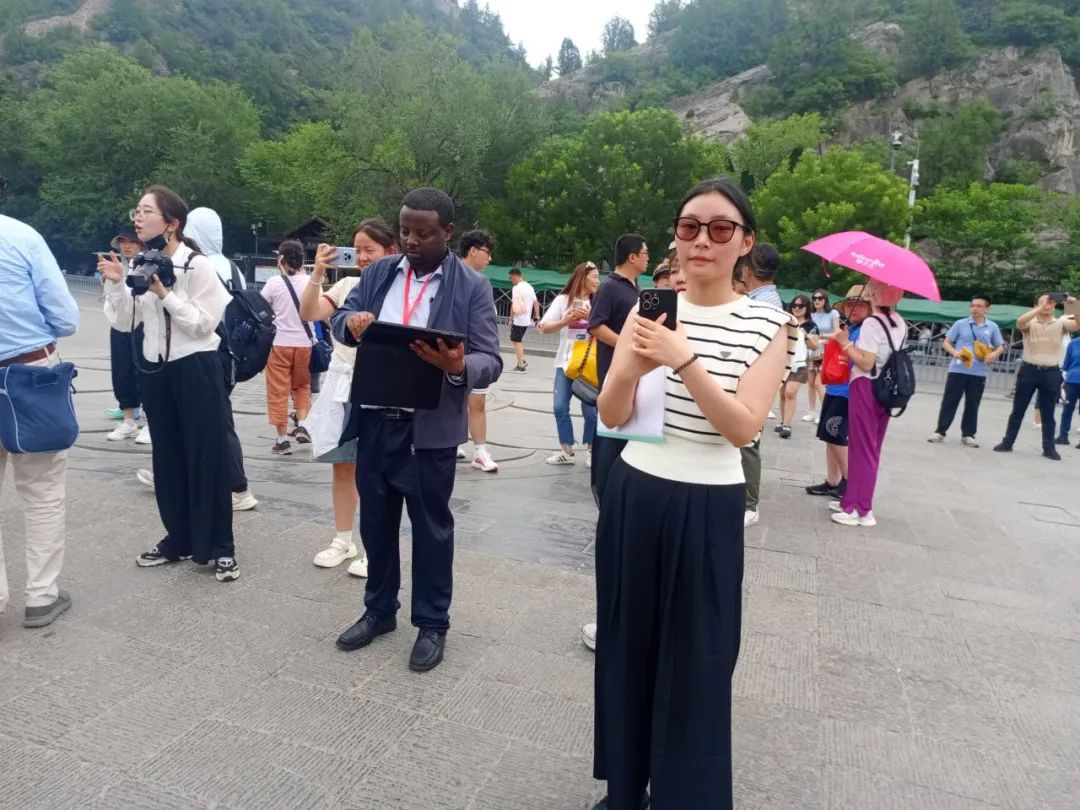
More visitors to the Grotto
Belt and Road reality
Without the Belt and Road Initiative (BRI) of the Chinese government in place, journeys such as these would not have been possible. The BRI has been a rallying force to make the world know China with the dreams it holds and also in reverse order.
Much of the trips you read now were taken by over 210 Africans from different countries, all members of the BRI that turned 10 last year.
They were invited as participants in the pre-summit conferences of the Forum on China Africa Cooperation (FOCAC) that will be held in Beijing next month. On the heels of the coming summit, the China Africa People’s Forum (CAPF), China Africa Youths Forum (CAYF) and more were held in Changsha. They were hosted by the International Department of the CPC, China’s ruling party for 75 years.
On the vehicle of the Silk Road Think Tank Association (SRTA), these international interactions were real, together with the visits that showcased what China is made of. These visits to the historic places prove that China didn’t rise out of the blues. The better word for China is a revival of its old virtues. It sprang back to life from the decline and ashes of its ancient civilisation, grandeur and fame.
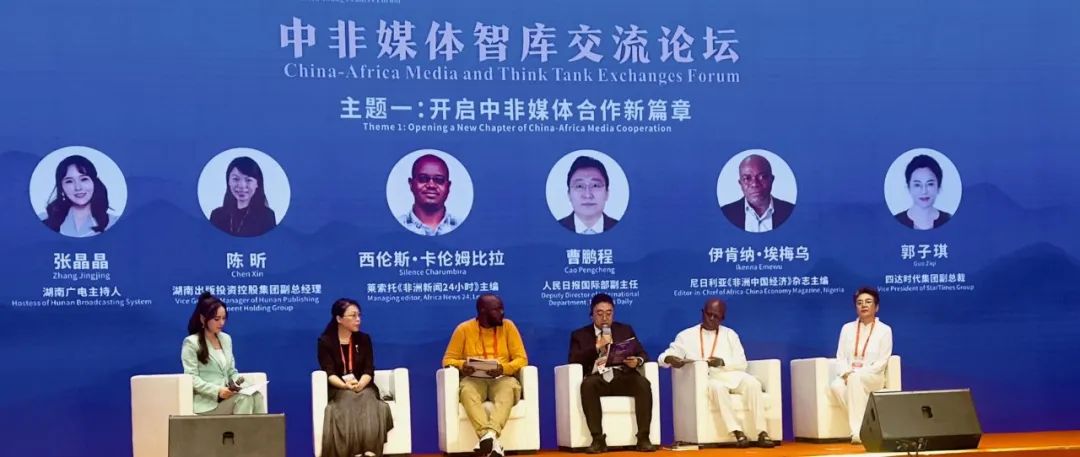
Chinese and African delegates at the China Africa People’s Forum conference in Changsha.
At the CAPF and CAYF we participated in, hundreds of papers from world-class experts from the media, diplomatic circles, academia and policymakers were delivered with robust discourses in tow. The topics were diverse on diplomacy, strengthening China Africa cooperation, media partnerships, the BRI and relevance to Africa, youths related issues, international economics, culture, education and people-to-people (P2P) rapport for a more peaceful world.
The array of intellectual brainstorming ended with the hosting of the SRTA forum by China’s Centre for Contemporary World Studies (CCCWS), all organs of the IDCPC in Beijing. You can say it with assurance that China has been pulling out all the stops to enrich global discourse through the BRI and particularly the FOCAC to deepen its relationship with Africa.
Next year, FOCAC will be 25 and has a rich list of successes in its trail. The discourses provided mediums for Chinese and African experts of different countries to make their inputs on how to make these international bodies deliver better results.
China has sustained its momentum of global importance through these bodies that have meant so much in benefits to African countries in economic, education, infrastructure, diplomatic and other importances.
Unifying Africa
Apart from the African Union (AU) FOCAC meetings in China have in the past 24 years become the most prominent channel through which many African experts meet and know each other.
In 2016, yours humbly was part of the one-year-long media exchange fellowship in Beijing involving 28 journalists from 27 African countries. Almost the entire team has been in touch through the new media platform subsequently. None of them knew each other before that fellowship.
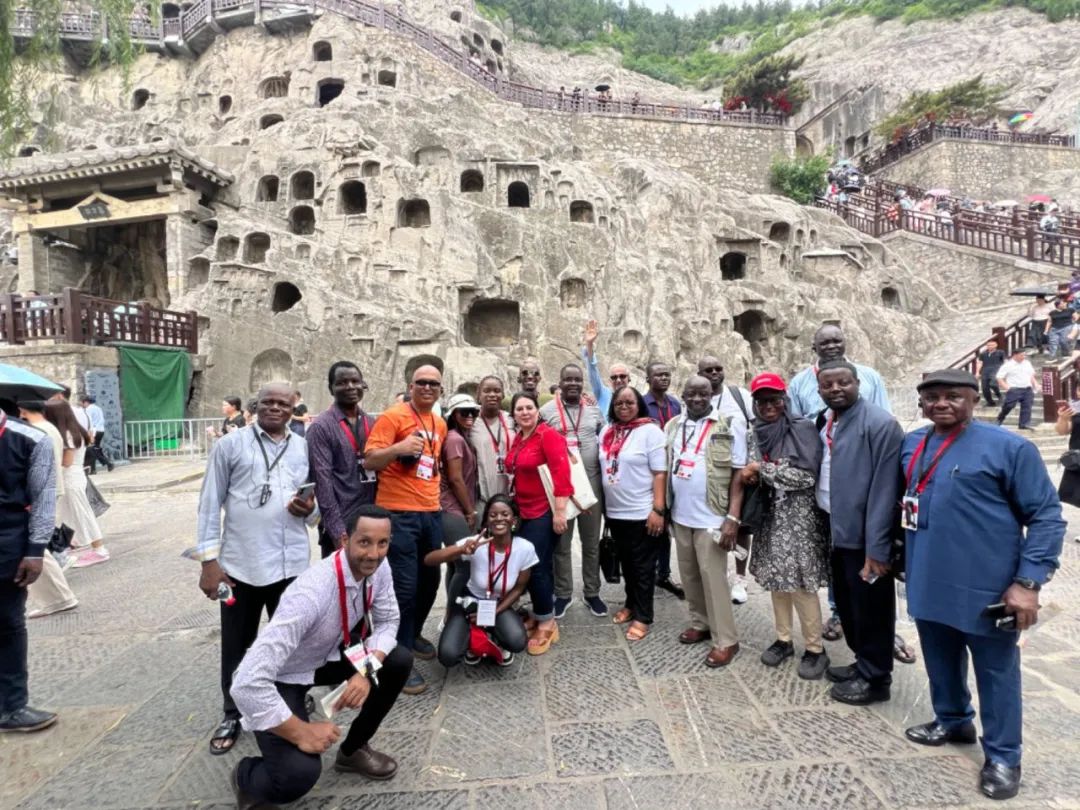
A team of African experts at the events visit Longmen Grottoes. Most of them never knew each other before this visit
This time again, there were many friendships and integration created among over 200 Africans from different countries who participated. I guess about 98% of them would have met each other for the first time. The new relationships are going to remain and through their platforms, like my team of 17 experts, a new and unified Africa was furthered.
In far-away China, Africa has steadily been getting closer and deleting the thick lines of separation among the peoples of a common continent who hardly come together. This is an additional benefit.
Transportation
While you travel around China, one thing is a common feature – you can’t encounter any bad roads, and all the roads all over this country as vast as a continent look new and recently built.
The high-speed rail (HSR) tracks crisscross entire China, linking up every city, with a distance of 45,000km, and a pool of 33,554 high-speed trains in operation. Most of these lines are plied by bullet trains that hurtle at between 300km and 450km an hour, making travel quite easy and comfortable. A journey of about four hours from Changsha through Wuhan to Zhengzhou is an average distance of some 1,280km, or from Zhengzhou to Beijing with a little more travel time goes without pressure on the passengers. It’s super comfortable and time-saving almost like flying.
Please don’t get lost in how possible these things are or how they came. It is one thing that made them possible – leadership.
Source: AFRICA CHINA ECONOMY

Tel:86-10-65368972, 86-10-65369967